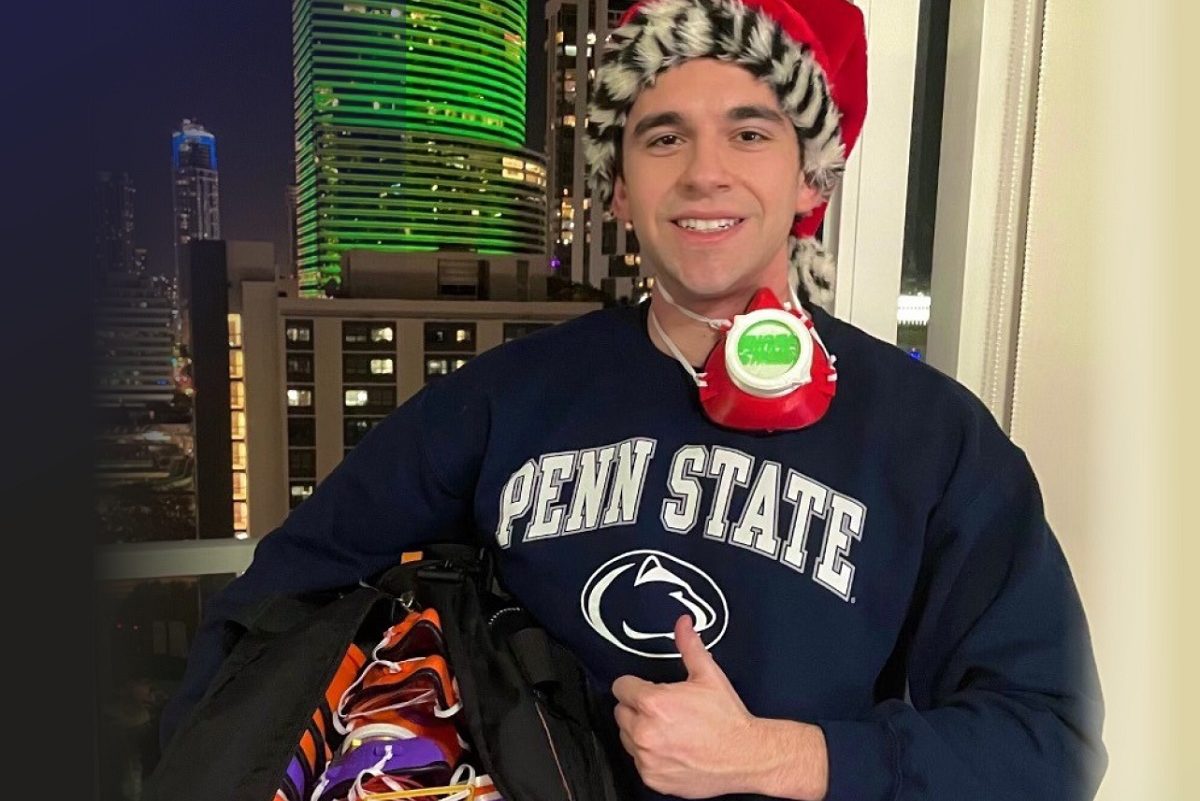
Researchers at Penn State College of Medicine and Penn State Health Milton S. Hershey Medical Center are leading a clinical trial to evaluate whether the drug 4-aminopyridine (4AP), which is already approved as a treatment for multiple sclerosis and degenerative neurological diseases, can be repurposed to help trauma surgeons determine whether nerves are severed or non-severed in peripheral nerve injuries (PNI). The researchers hope that this can be accomplished more quickly than with standard assessments, speeding the time to diagnosis and treatment.
January 24, 2022
Nerves control everything in a limb, carrying sensory feedback from muscles to the brain, and without nerve input, a limb is paralyzed. Injuries to the nerves can arise due to a number of causes, from motor vehicle accidents to surgical treatments, leading to significant disabilities. Determining the cause of the injury and the type – severed or non-severed – is a critical step toward accurate and prompt diagnosis and treatment.
“Nerves that are severed won’t get better unless they are surgically repaired,” said Dr. John Elfar, Michael and Myrtle Baker professor and vice chair for research in the Department of Orthopaedics and Rehabilitation and director of the Center for Orthopaedic Research and Translational Science (CORTS). “Nerves that are crushed sometimes do recover on their own and are best left to do so. Knowing whether a nerve is cut is crucial. Everything that happens during a patient’s recovery is based on that information.”
The electrodiagnostic testing currently used to identify the type of nerve injury cannot be completed until four to six weeks after the injury. In that time, the stumps of severed nerves may retract, necessitating riskier surgeries. The CORTS study, sponsored by the National Institute of Neurological Disorders and Stroke, will test if the administration of 4AP in nerve-injury patients can provide accurate and expeditious feedback – in as little as a few hours – on whether the injury is a complete or incomplete PNI. With that information, surgeons can act sooner to repair nerves that are severed when they have the best chance of healing.
In its current U.S. Food and Drug Administration approved use, the potassium-blocker drug 4AP is used to make cells more excitable. Elfar will repurpose this drug by administering it orally to some PNI patients in the hospital just after trauma. Patients will eventually also receive a placebo, which is a pill without any active ingredients in it, to compare the responses to the drug. Neither the participants nor the research team will know in what order the drug and placebo are given as part of the trial safety parameters.
Elfar hopes to enroll 60 total study participants at Hershey Medical Center, the only site for the clinical trial. Participation is voluntary and compensation is provided.
“Our goal is to give our patients – those who wake up, and their nerve isn’t working – the drug, and it will reactivate a crushed nerve for a time,” said Elfar. The research team hypothesizes that patients with crushed nerves who receive 4AP will be able to move and feel again long enough for surgeons to know that their nerve is still connected.
“This could speed up our evaluations to the point that within four days of the injury we can tell if the nerve is severed and move on to surgically repair it, or if it is crushed, we will know that doing surgery may actually be detrimental.”
The potential applications for 4AP in the treatment of nerve damage are far-reaching. In the future, researchers from CORTS will look to expand the use of 4AP to those with nerve damage from compression like severe carpal tunnel syndrome, as well as incorporate it into prostatectomy research as part of a trial already underway at the University of Rochester.
For more information on the study, visit ClinicalTrials.gov and search identifier NCT04026568.
This research is supported by the National Institutes of Health (NIH) (grant R01NS111293-01). The content is solely the responsibility of the authors and does not necessarily represent the official views of the NIH.
John Elfar holds a patent on a separate 4-aminopyridine formulation and is an advisor to and holds financial interest in Solaxa, a company that is repurposing drugs and biologics to restore sensation, movement and function after acute peripheral nerve injury.
Learn more about other clinical research studies at Penn State by visiting StudyFinder.

